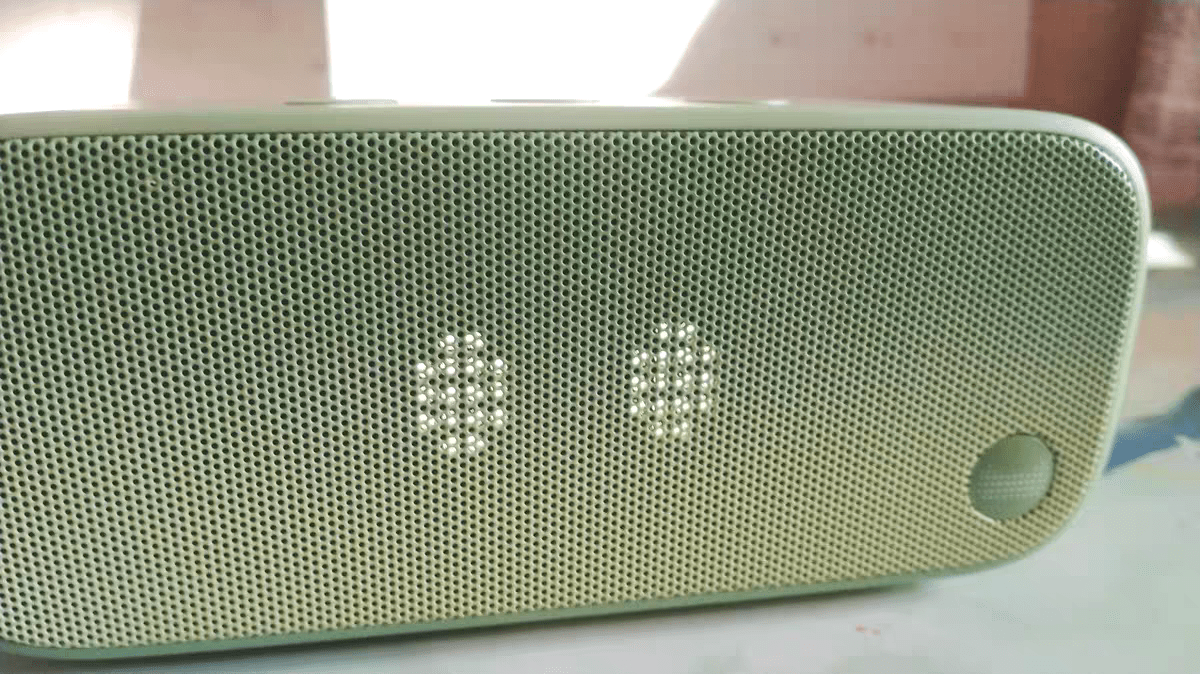Speaker net, as an important part of audio equipment, not only bears the responsibility of protecting the internal structure of the speaker, but also directly affects the presentation of sound quality. This article will explore the structure and function of the speaker net in depth to help readers fully understand this key component.
1. Speaker net structure
Speaker nets are usually composed of two parts: metal mesh and soft frame. Metal mesh generally adopts a grid structure, mostly made of lightweight metal materials such as aluminum. This design is not only strong and durable, but also can effectively control the direction of sound wave transmission, making the sound more concentrated and clear. The hole shape and density of the grid can be optimized according to different audio requirements to achieve the best acoustic effect.
The soft frame is generally made of elastic materials such as rubber, which is wrapped around the edge of the metal mesh. Its main function is to prevent dust and debris from entering the speaker from the gap and protect the speaker from damage. At the same time, the soft frame can also alleviate the rebound and scattering of sound waves, further improving the sound quality.
2. Function of speaker net
Dust protection: The speaker will generate a lot of vibration when working, which is easy to attract dust and debris. Speaker mesh can effectively block these debris from entering the speaker, avoiding the degradation of sound quality or equipment failure caused by dust accumulation.
Sound wave control: The grid structure of the metal mesh can adjust and control the transmission direction of the sound wave, so that the sound wave can be transmitted to the designated area more accurately, improving the sound quality performance. This design is particularly important in occasions such as stage audio and home theater where the direction of the sound needs to be precisely controlled.
Beautiful decoration: In addition to the basic protection function, the speaker mesh can also be used as a decoration to enhance the overall aesthetics of the audio equipment. Manufacturers usually use designs of different materials, colors and shapes to meet the personalized needs of consumers.
Durability: The speaker mesh is made of sturdy and durable materials that can withstand collisions and friction in daily use and extend the service life of the speaker.
3. Types and applications of speaker mesh
Depending on the application scenarios and sound quality requirements, there are many types of speaker meshes to choose from. For example, for high-fidelity audio systems, more refined mesh designs and higher quality materials are usually used to ensure the purity and clarity of the sound quality. In car audio, the speaker mesh needs to have good waterproof and dustproof properties to adapt to the complex and changing driving environment.
In addition, with the continuous development of audio technology, the design of speaker mesh is also constantly innovating. For example, some high-end audio equipment adopts a detachable speaker mesh design, which is convenient for users to replace or clean as needed.
4. Maintenance and care of speaker mesh
In order to maintain the optimal performance of the speaker mesh, users need to clean and maintain it regularly. You can use a soft brush or vacuum cleaner to gently clean the dust and debris on the metal mesh cover, and avoid using sharp objects to scratch the mesh. At the same time, pay attention to keep the ventilation around the speaker mesh good and avoid using it in a high temperature or humid environment for a long time.

Post time: Nov-05-2024





